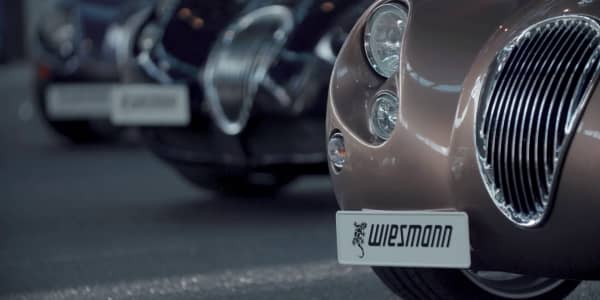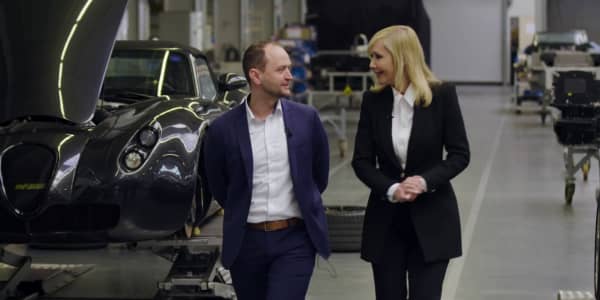A British company has unveiled what it is billing as the "world's first" smartphone with a built-in thermal imaging camera, a feature it claims will be in 50 percent of models on the market in five years.
Bullitt took the wraps off its Cat S60 smartphone on Thursday a 4.7 inch so-called "rugged phone" which can withstand a fall onto concrete from 1.8 meters high and can survive for an hour underwater at a depth of 5 meters. The thermal camera is made by U.S. firm FLIR.
The U.K.-based firm designs and manufactures the phone which then has the branding of construction equipment maker Caterpillar on it. Bullitt said that the lack of innovation in current smartphones will help its Cat S60, which will retail for $599, gain appeal among consumers
"At the moment we are in a bit of a lull. If you look back at the Samsung Galaxy S6 and Edge, it's a hell of a product but in terms of innovation we are taking incremental steps," Pete Cunningham, senior product manager at Bullitt, told CNBC at an interview.
"We believe you will see this technology in mainstream products and this is a gamechanging step for the industry."
Use by firefighters, police
The company announced the product ahead of Mobile World Congress in Barcelona next week and outlined a number of use cases for the thermal pictures.
One example described by Cunningham involved a firefighter being able to use the device to navigate through a smoke-filled room to see where the fire is and avoid it. Another example outlined involved a law enforcement officer being able to prove when a vehicle was last driven, for example by seeing how hot it is.
The Cat S60 is clearly aimed for industrial use but Cunningham said thermal imaging could be of interest to consumers and expects it to be in 50 percent of models made by manufacturers in five years' time. He said that the consumer market is however "secondary" for the company and it will have the ability to carve a "niche" while focusing on industrial use cases.
"The things that this will be used for have not been discovered yet. When the camera was first in a phone I'm sure the first use case wasn't selfies. This technology has never been in a phone before and users will see what they want to do with it," Cunningham said, explaining the appeal of the thermal imaging.
Thermal sensors in future phones?
Thermal imaging has been available on smartphones before but users had to buy an accessory to clip onto the device. This sensor is integrated.
As the smartphone market slows and devices become more generic, analysts said that Bullitt could capture the "long tail" of users looking for a different experience. Other companies from Wileyfox to OnePlus are trying to carve their own niches, for example.
While analysts said that Bullitt won't be making mass-market appeal smartphones, the technology showed off could lay the groundwork for mainstream players to adopt.
"This is a beachhead for future technology and as all smartphone markets look to add new innovations to differentiate, they will look at these sensors and others like ultraviolet sensors and others," Ben Wood, chief of research at CCS Insight, told CNBC.
"We are going to see an explosion of sensors in devices that will create meaningful applications."






